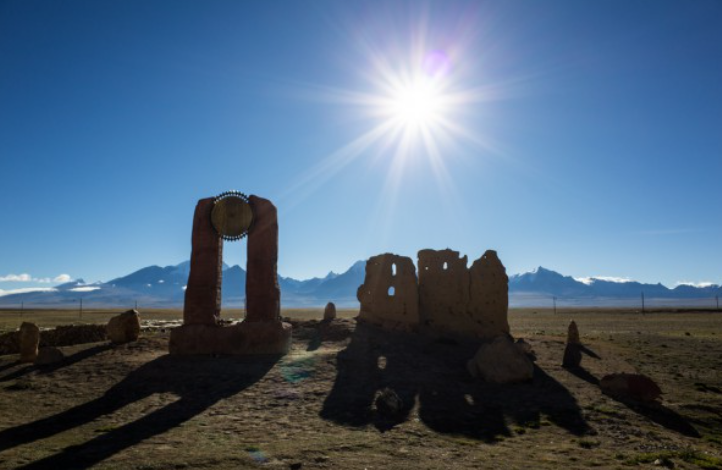
On 18 July 2025, Phari, a high-altitude town in Tibet, recorded an extraordinary temperature of 18.6°C, breaking its all-time heat record. This milestone highlights an alarming warming trend at some of the highest elevations on Earth, where temperatures are rarely this warm.
Across the Tibetan Plateau and surrounding regions, significant maximum temperatures were observed at various extreme altitudes, including:
- +27°C at 4000 meters
- +17°C at 5200 meters
- +3°C at 6450 meters
Such elevated temperatures at these heights are highly unusual and have raised concern among local communities and climate scientists alike.
According to local Sherpas, the amount of snow above 6000 meters above sea level is at a historic low, with reports stating there has “never been so little snow” at these extreme elevations. This lack of snowpack is a visible indicator of the rapid warming affecting the region.
Several locations across Tibet are experiencing record-breaking July heat, including:
- 29.9°C in Milin (all-time high)
- 29.6°C in Nangqian
- 27.1°C in Dingqing
- 26.8°C in Suo (4220m asl) (all-time high)
These unprecedented temperatures threaten the stability of glaciers, water resources, and local ecosystems, impacting both nature and the livelihoods of mountain communities. The warming also exacerbates glacial melt, contributing to long-term changes in river flows critical for millions downstream.
This surge in temperatures at high altitudes is part of a larger global pattern of climate change-induced warming that is especially pronounced in mountainous and polar regions. The Tibetan Plateau, often called the “Third Pole,” plays a crucial role in Earth’s climate system, and its rapid warming signals urgent environmental challenges.

Illustration picture: https://bnomadic.com/2015/10/06/crossing-nathula-yadong-kangma-tibet/


























